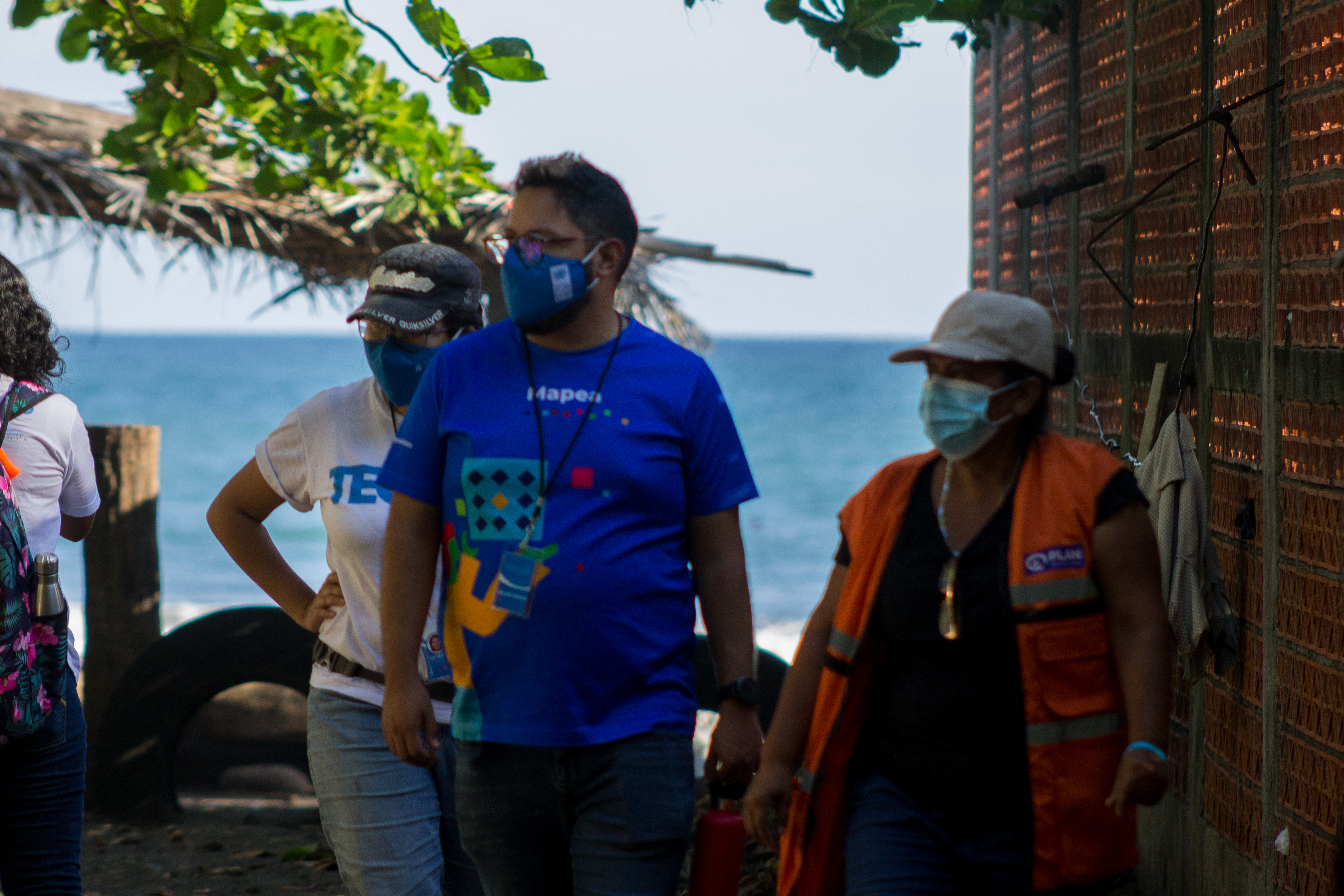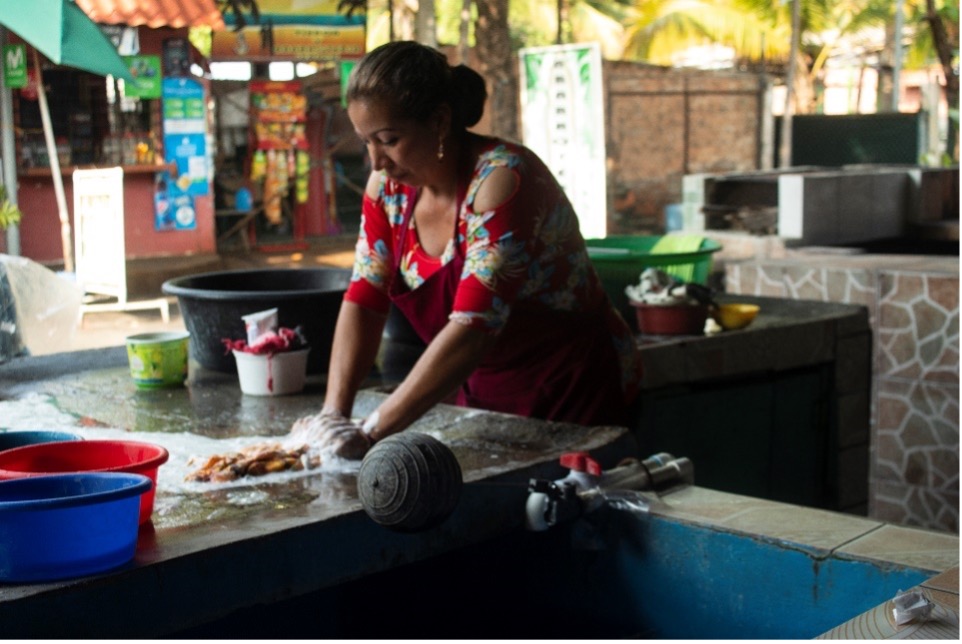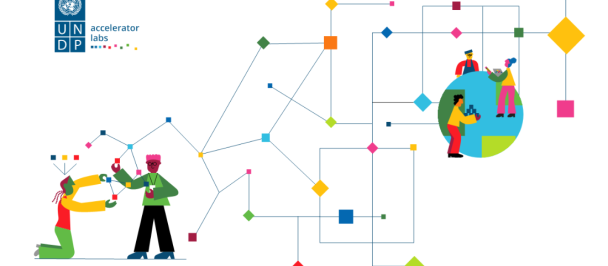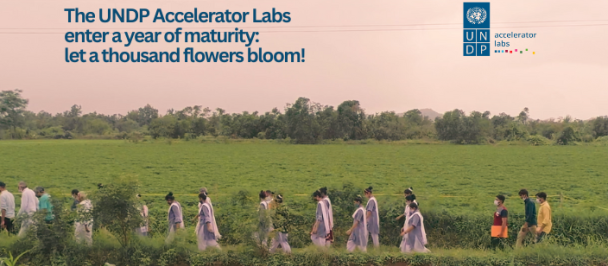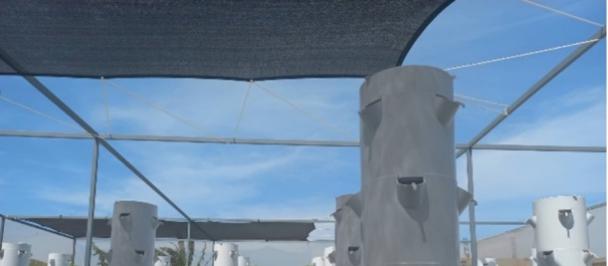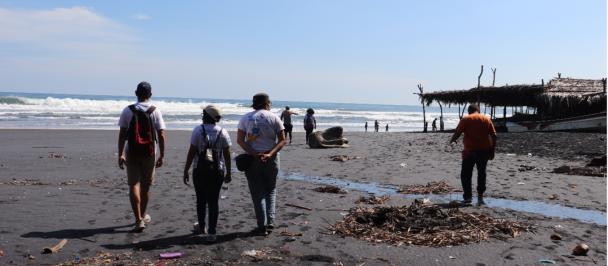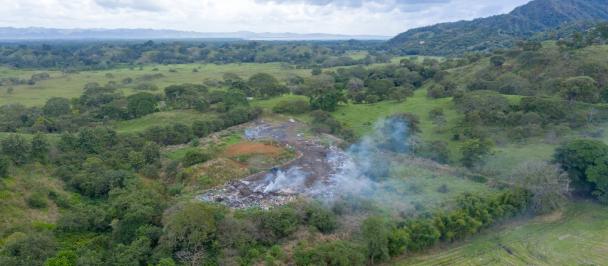The Grassroots to Global reckoning (Part 1)
The Grassroots to Global reckoning (Part 1)
March 25, 2022
Solutions Mapping exploratory walk in Conchalío Beach (Photo credit: TECHO El Salvador)
This is the introductory piece of a 3-part series that covers key insights around the practice of Solutions Mapping, as experienced in the first learning cycle of the El Salvador Accelerator Lab around water and livelihoods, including an interpretation of the multiple facets of Solutions Mapping; the role of the Accelerator Labs in the Grassroots to Global ecosystem; and the El Salvador Lab’s attempt to understand how we can assess a community’s preparedness to adopt exogenous innovations or create their own by leveraging the AccLab’s three practices.
The concept of “Grassroots to global” is one that has stuck with me and inspires the way I interpret the Solutions Mapping practice. This concept is borrowed from Prof. Anil Gupta, founder of the Honeybee Network, one of the world’s most renowned experts in the field of grassroots innovations, and of course, a dear mentor of the Accelerator Lab network. G2G encourages the identification and documentation of innovative grassroots solutions from all over the world to “upload” them to the massive cloud that is the internet so that others, in nearby or completely different contexts, can “download”, adapt, and test these solutions in their homes and communities, pollinizing the world with indigenous knowledge, appropriate technologies and open know-how.
As I prepared to design and implement the first Solutions Mapping of El Salvador Lab’s first learning cycle around water and community livelihoods, I couldn’t help but imagine the array of ingenious grassroots solutions we would document and upload to the world, as we traveled coastal communities in La Libertad department, home of the Government of El Salvador-led Surf City initiative, aimed at boosting international tourism by leveraging our country’s superb waves and year-long surfing conditions.
This “hidden surfing gem” reputation has brought many hardcore surfers eager to test their skills against our perfectly tubular waves. It has also sparked some interesting grassroots responses to the emerging needs of this crowd, such as local surfers repairing and learning how to use digital cameras inherited by surfer nomads to provide them with extreme photography services as they conquer waves (or wipe out in the process) or charging a small fee at a very rustic clean-up station for surfers to wash away any funky ocean odors after their surfing session.
Naturally, expectations were high, but we were met with a more complex lesson than we anticipated.
To implement this activity, we worked alongside TECHO El Salvador, a regionally recognized poverty-alleviation non-profit that specializes in community surveying and asset mapping, in addition to their core activity of building emergency housing in rural and peri urban communities. The Accelerator Lab and TECHO codesigned a methodology that would combine their already-tested community surveying instrument with a Solutions Mapping module, focused on identifying and documenting recurring behaviors and grassroot solutions to water-related issues and documenting them on Appropedia, an open, wiki-style platform for sustainable development solutions.
(Teaser: Learn more about unexpected outcomes and reflections on the synergies between the Accelerator Labs and open repositories such as Appropedia in the next entry of this series).
But why didn’t we just limit the exercise to observing and documenting solutions?
We hypothesized that collecting additional layers of data than the ones related to the solutions mapping exercise would serve a dual purpose: On one hand, this demographic data about communities would enrich our understanding and make sense of the context behind the solutions we would identify in the next stage, serving as a meta data of sorts. On the other hand, it would contribute to the non-extractive nature of the exercise by providing the community with relevant information they decided.
After weeks of exploratory walks, interviews and a fair share of contemplative sunset watching as we discussed the results of the day’s work, we realized that the situation of these communities which are adjacent to tremendous investments in infrastructure for the booming tourism industry, was not reflective of that development, and that even though the solutions we identified were not complex or elaborate, they revealed interesting recurring behavioral patterns that allowed us to understand the structural causes of these communities complex relationship with water.
For example, we found that multiple households take advantage of rainwater by creating basic capture systems through a series of pipes and receptacles. Some even filter it through using pieces of cloth and mesh, although it is rarely intended for human consumption. By identifying makeshift wave breakers, river clean-up activities, and the fact that many communities main reason to organize is for disaster prevention, we added a new dimension to our understanding of the relationship between water and livelihoods: water as a threat. By mapping several artisanal water pumps and wells even though the community has a water board in charge of supplying clean, potable water to every subscribed household, we highlighted the issues around water governance as crucial to inform the impending and controversial Water Law that was currently being studied in congress.
I admit I felt like I had failed as a Solutions Mapper for not having discovered “uploadable” grassroots innovation in this exercise but after a lot of reflection and, of course, the exchanges with other fellow mappers from around the world, I concluded that Solutions Mapping is not all about solutions (although the current name of the practice indicates otherwise).
In addition to identifying positive deviances that can be tested for scale through experimentation, which is a key benefit of the practice, Solutions Mapping is a relevant tool which UNDP, development organizations and even the private sector can use to conceptualize more context-relevant interventions and business models while involving communities in the process by opening knowledge exchange channels and, at the very least, empowering communities through information they consider relevant and useful. This won’t always happen immediately and being a network of #fastandcurious, patience is not one of our defining traits. However, if we wait long enough and continue to work out loud, we might be surprised.
Just as we were preparing to wrap up our learning cycle, we are identifying opportunities to apply our learnings into several CO activities; and two major private sector players including SIEMENS approached the Accelerator Lab as part of new intrapreneurship initiatives which happened to be centered around sustainable water solutions.
Maybe we are still a little bit far from G2G but I’ll take it.
This learning cycle, though, left me with many reflections and a tough question I’ll cover in part 3 of this series. In part two of “The Grassroots to Global reckoning”, I will explore the role of the Accelerator Labs, and particularly, Solutions Mappers, in the G2G ecosystem, by sharing the unexpected results of using a wiki-style platform to document solutions in La Libertad and how those results and the identified synergies between both organizations can get us closer to a truly G2G state, in line with the exciting direction the Accelerator Lab network is taking as the potential UNDP’s R&D muscle.

 Locations
Locations